
Beyond Logos: The Untold Stories of Brands That Transformed Through Innovative Design
Introduction
We love branding. We love logos, colors and fonts, and we have an endless fascination with the stories behind some of the most recognizable brands around. But there’s so much more to a brand than just its logo; there are other aspects of design that can help define what makes a brand unique. Today, it is often said that design is everywhere: in our homes, schools and workplaces—even in our cars. Designers today are constantly pushing the boundaries of what they can do with new tools like 3D printing or virtual reality technology. They are creating new designs that make life easier for consumers while saving time and energy—and this trend will only continue to grow as more people look for ways to simplify their lives through technology.
Starbucks
Starbucks
Starbucks’ logo is a siren, a mythical creature that lured sailors to their deaths. This makes it an unusual choice for a brand that sells coffee beans. But the founders of Starbucks wanted a supernatural creature for their logo – and after all, this company was founded in Seattle! The siren design is supposed to represent the company’s beginnings in Seattle: there are lots of sea creatures around here!
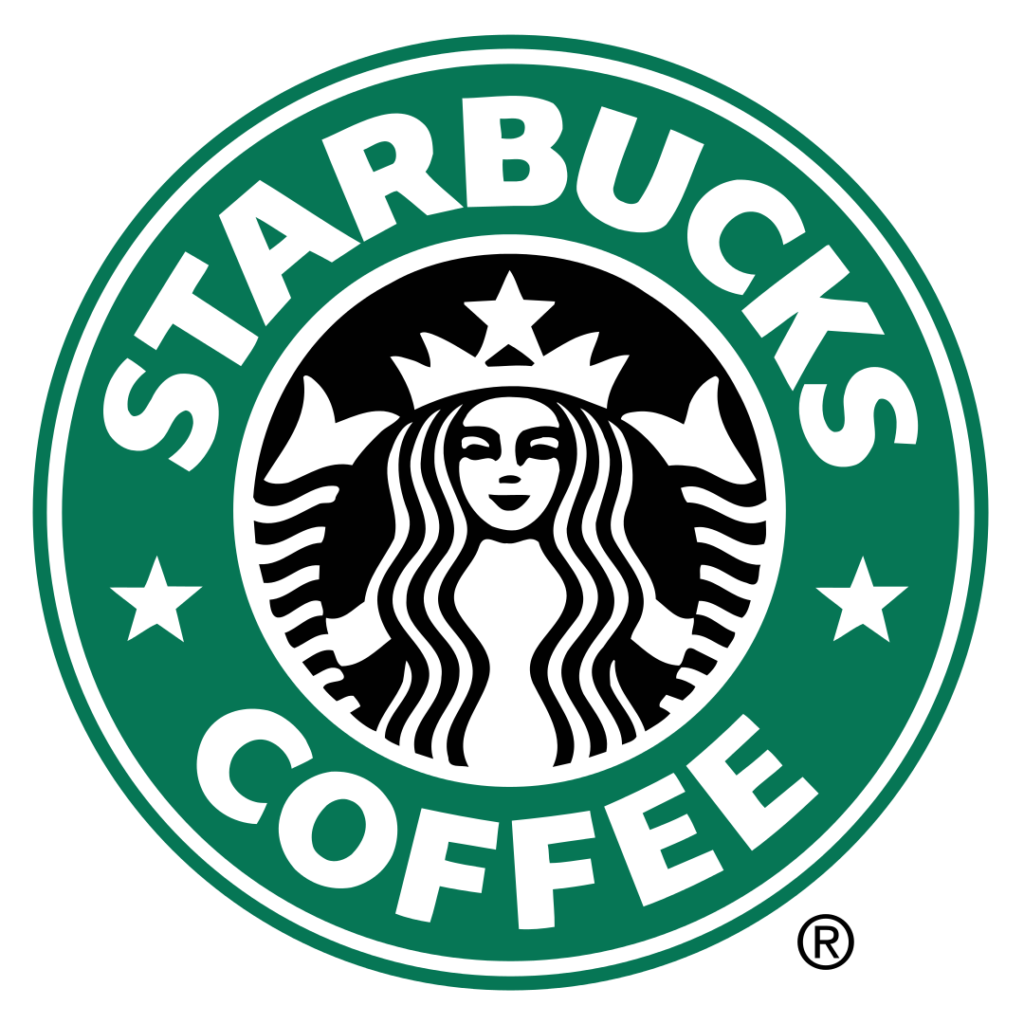
Amazon
Amazon is a company with a lot of products, and their logo is very simple. The logo has changed over the years, but it’s still very easy to remember. Amazon’s brand is not unique, memorable or related to their name. In fact, many people think “Amazon” refers to an area of South America rather than an online store!
However, despite its lack of uniqueness or memorability (or even accuracy), Amazon has managed to create one of the most well-known brands in history–and that’s no small feat when you consider how many other companies have tried and failed at doing something similar before them.

eBay
eBay is the world’s largest online marketplace. It was started in 1995 by Pierre Omidyar, who later went on to create PayPal. The brand is known for its blue color, logo and dollar sign. eBay offers a wide variety of products for sale including cars, fashion items and electronics. The company has expanded into other areas such as mobile commerce and classified advertising.
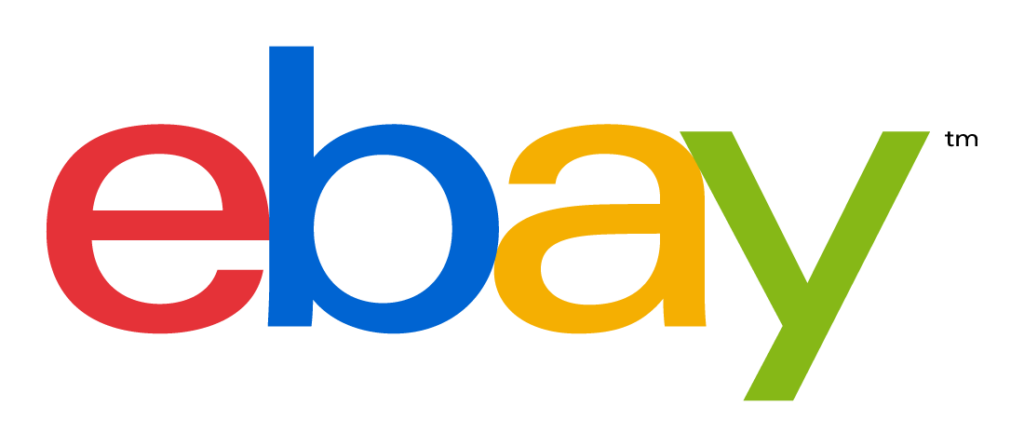
If you haven’t heard, Facebook recently redesigned its logo and interface. The change was met with mixed reactions: some users loved it and others hated it, but no one was indifferent.
The redesign has been successful for Facebook in many ways–the new look has made the site easier to use and more visually appealing to users who are not yet ready to make the switch from desktop computers (which still make up most of their traffic) in addition to mobile devices like smartphones and tablets.
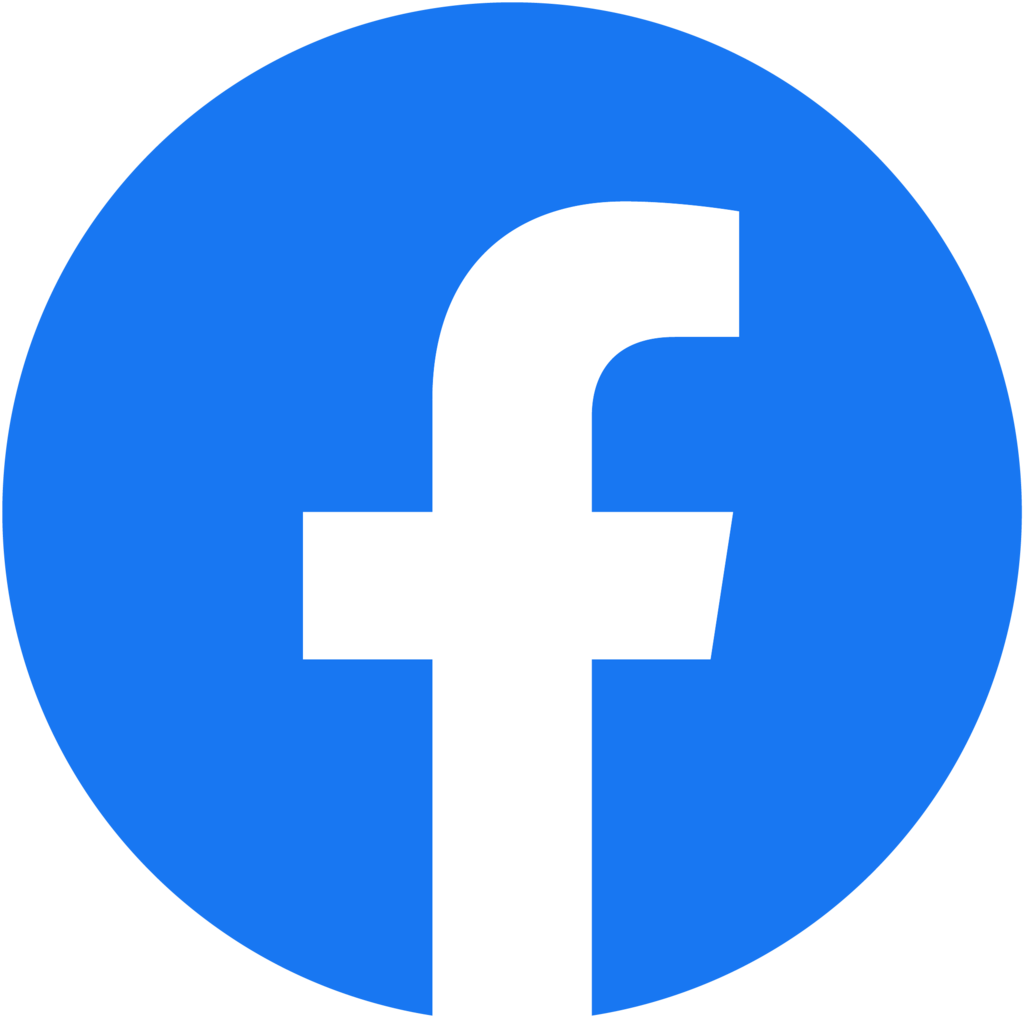
Twitter is a social networking service that enables users to send and read short 140-character messages called “tweets”. The service was created in March 2006 by Jack Dorsey, Evan Williams, Biz Stone, and Noah Glass. Twitter Inc has more than 500 million registered users worldwide (as of December 31, 2016). The company’s headquarters are located at 1355 Market Street in San Francisco, California.
In 2010 Twitter launched its new logo which was based on the wordmark typeface Gotham Bold with an exclamation mark added onto it. This design change came about as part of their effort to simplify their identity system across all platforms including mobile apps and third party websites like Instagram which uses Twitter Cards to display images within tweets containing hashtags associated with them such as #foodie photo app instagram uses these cards regularly so if you’ve ever used instagram then chances are good that at least once upon entering into one particular hashtag like say #foodies our eyes were immediately drawn towards this particular photo because it had been featured prominently within our feed due largely due not only because it contained relevant keywords but also because its placement within each user’s timeline made them stand out among other posts
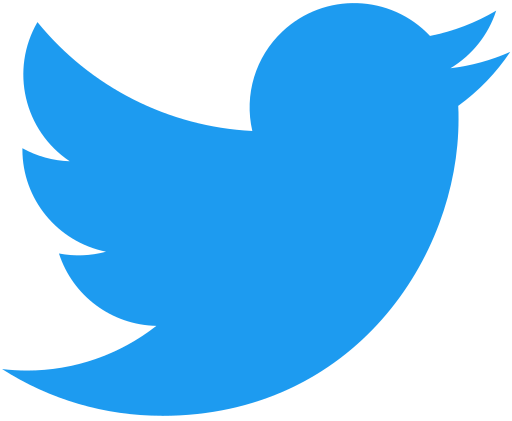
Lego
Lego is a brand that has been around for over 100 years. With its iconic brick design and vibrant colors, it’s hard to imagine a world without Legos. But when you look back at their packaging designs throughout the years, it becomes clear that they’ve evolved quite a bit over time.
Lego’s packaging has always had an emphasis on product design–it needs to be fun and inviting while also communicating what’s inside the box (and helping kids figure out how they’re supposed to play with their new set). But in recent years, the company has also begun incorporating more traditional packaging elements like logos and text into their overall design strategy because these elements help build trust with consumers who may not know about them yet.
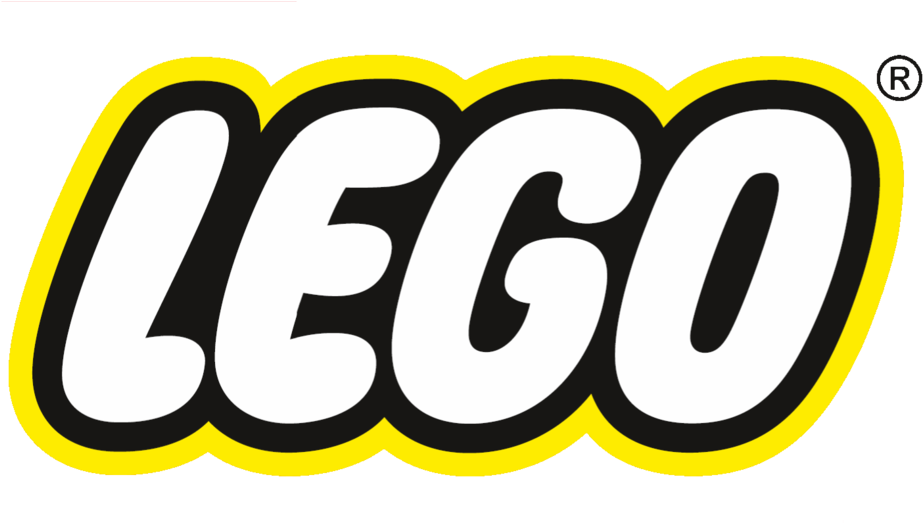
“Design is an important part of the brand“
Design is an important part of the brand. It can be used to communicate a message, build a community and create memorable experiences that result in lasting impressions.
Conclusion
Design is an important part of the brand. It can help you stand out from the competition, convey your message to customers in a more effective way and even improve your bottom line. We hope that these examples have inspired you to think about how design could be used in your own business or organization!
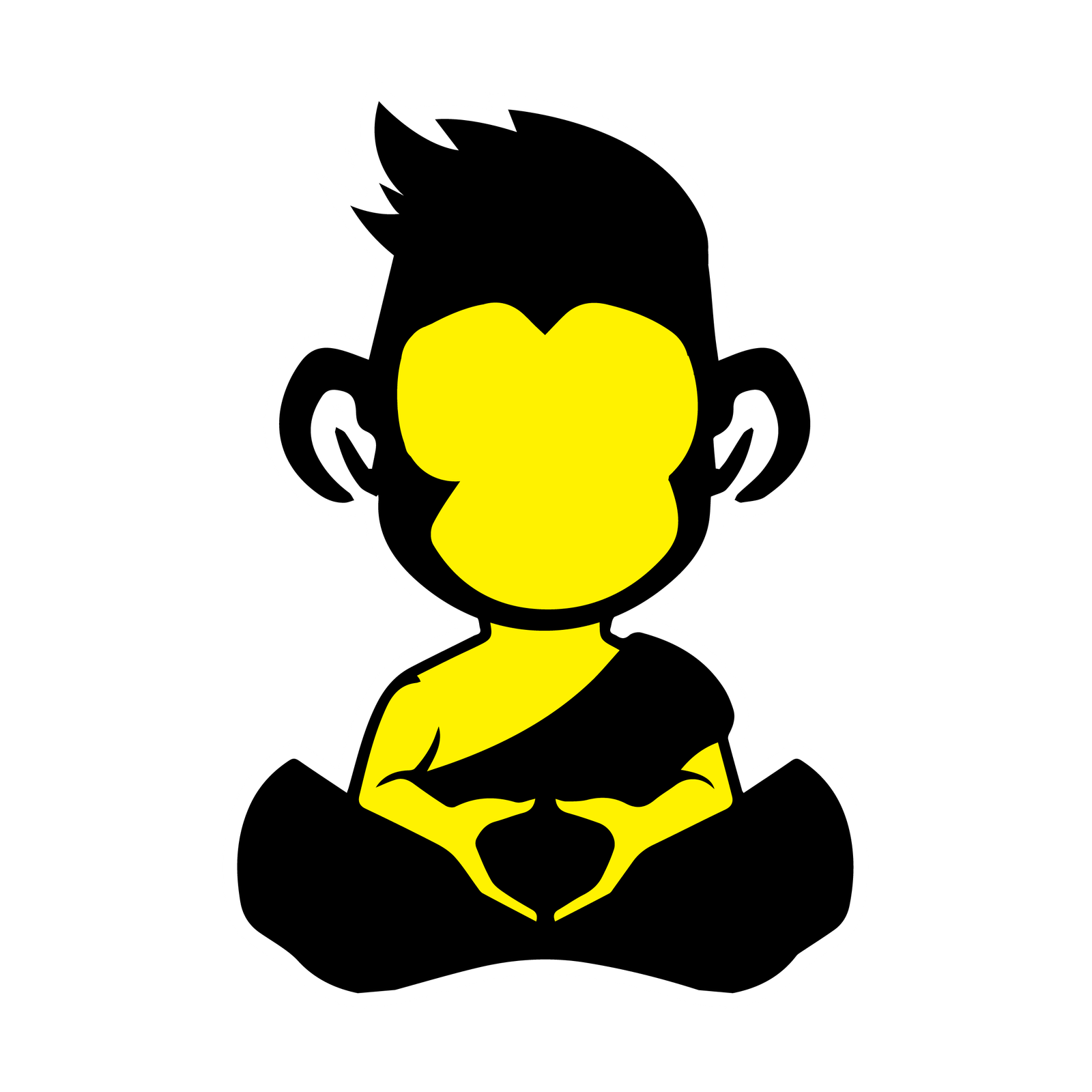

Leave a Reply